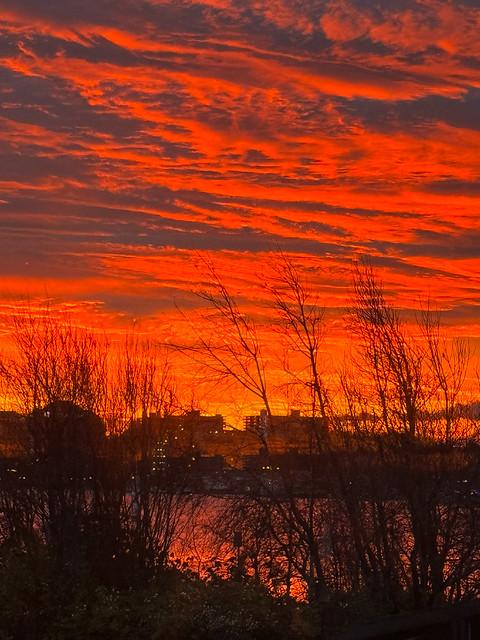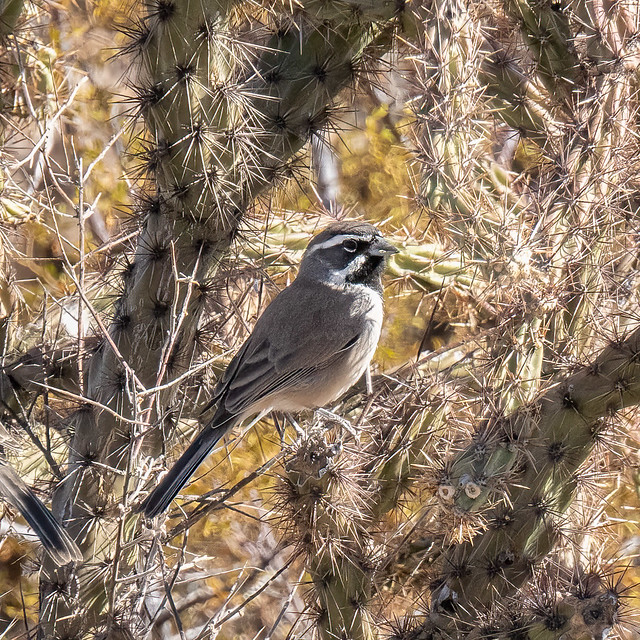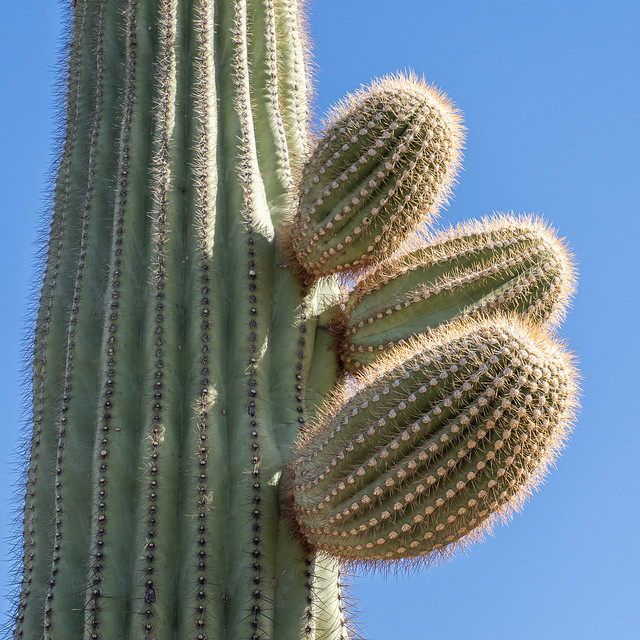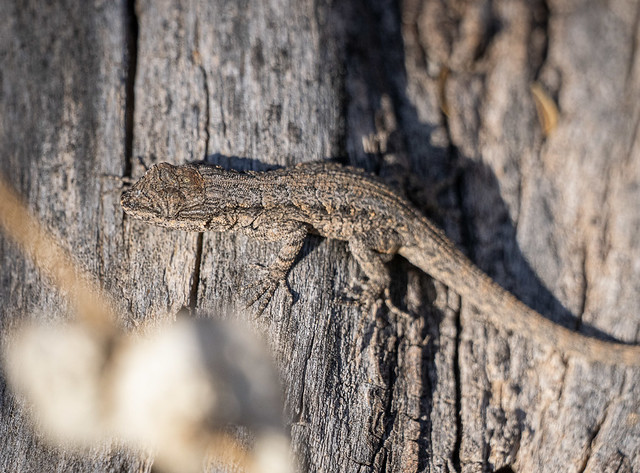To quote the website, the Desert Museum is a fusion experience: zoo, botanical garden, art gallery, natural history museum, and aquarium. Near Tucson Arizona, it's almost 100 acres, has 242 kinds of animals and 1200 kinds of plants. We spent a full day here - the afternoon when we arrived, and the next morning. I took over a thousand photos there. (I'll try to restrain myself from inflicting too many of them on you but this is still a long post.)
One of the things I like about ASDM is that there is lots of natural (not captive) wildlife around - birds, insects, lizards.



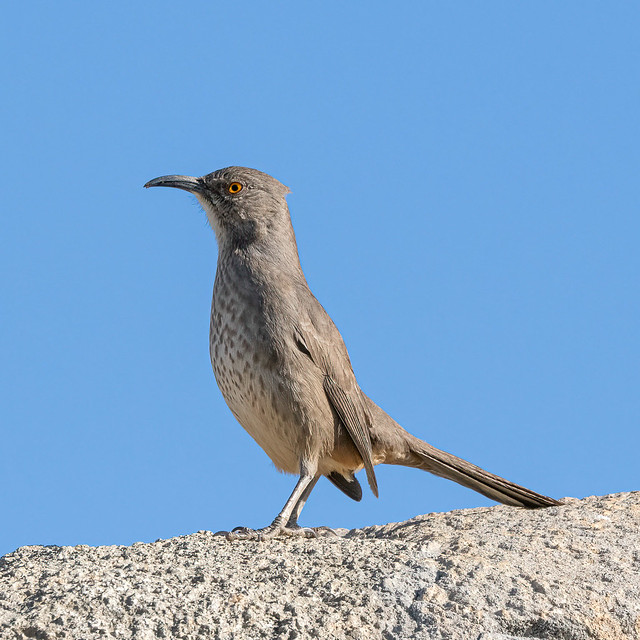



I'd never heard of an Empress Leilia butterfly until I identified this one with the help of iNaturalist.

Of course, there are lots of cactus. You'd have to cover a lot of desert to see this many kinds. Prickly pear are common (even in Saskatchewan), but you don't see the purple ones as often.


Cactus or succulent? Trick question, most cactus are succulents (have fleshy parts to store water).


There weren't many flowers around on this trip. Even in the southwest, November is quiet. But there were a few cactus flowers.

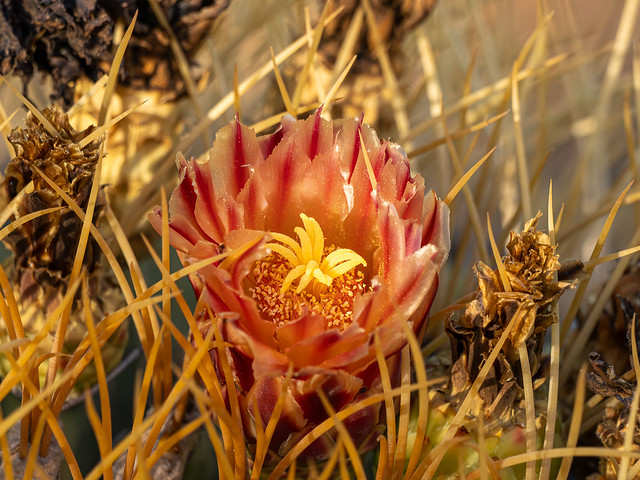
Ocotillos only have leaves when they've had moisture. Most of the ones we'd seen in the wild were bare. But the ones here had obviously had some water.

There were plenty of agave's as well. I learned that one way to distinguish agave's from yucca's is that agave's have spines on the leaves (like this one).

One of the highlights was the free flight show. We've seen these other places (like our local Pacific Northwest Raptors) but this was a good one because the birds landed on all sides and quite close to the audience.

We've seen Crested Caracara (aka Mexican eagles) in the wild but it was nice to get a closer view. They are the second largest falcon after Gyrfalcons.
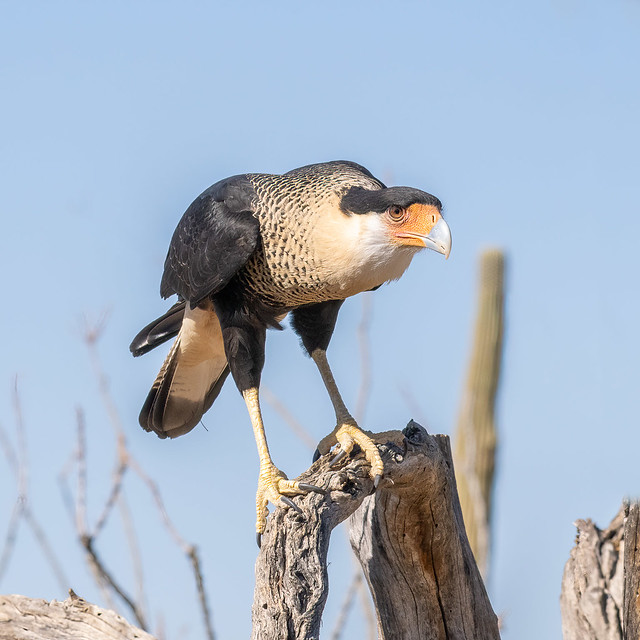
Harris's Hawks are from the southwest. They are unusual because they hunt in groups whereas most raptors hunt alone. They are common in free flight shows because they are easier to train, perhaps because they are social.


I think the star of the desert bighorn enclosure was the unofficial resident rock squirrel and its impressive rock climbing abilities.


The bobcat could almost be mistaken for a house cat. It didn't seem as impressive as the one I'd seen in the wild.

I like Javalinas (Collared Peccaries). Unfortunately, we couldn't get a good view of them because they were sleeping under a bush.(here's a better photo from Big Bend NP in Texas)

When we arrived the second morning we were greeted by this handsome American Kestrel. At the opposite end of the size scale from the Caracara, they are the smallest falcon.
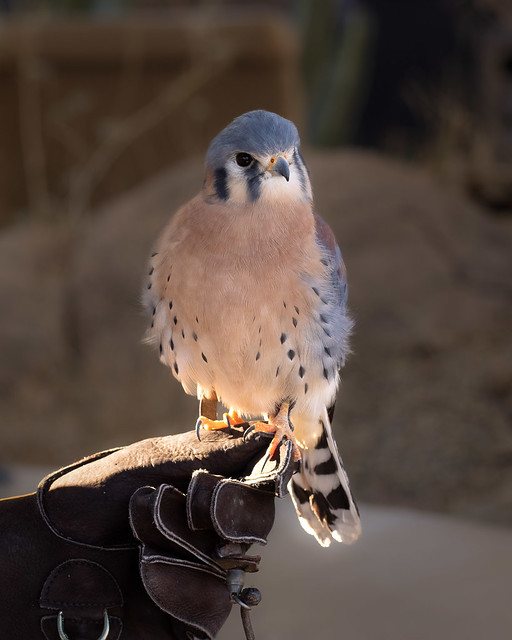
We visited the hummingbird aviary first thing in the morning, before it got busy. As usual, they weren't especially cooperative, but we still managed a few photos.



We had seen on the map that there was a campground nearby (Gilbert Ray), which seemed perfect for visiting the museum both days. Unfortunately, it was a Friday and to our surprise they were completely booked. Weekends can be tricky when you're not booking anything in advance since winter isn't really off-season. We were sitting in the van outside the campground office searching the internet for last minute alternatives, when the woman came out and knocked on our window. Lucky for us, someone had showed up with a motor-home that wouldn't fit in the site they had reserved and so we got it. You can't beat an evening view like this.

See also Shelley's post
See all 76 photos in this batch.
































